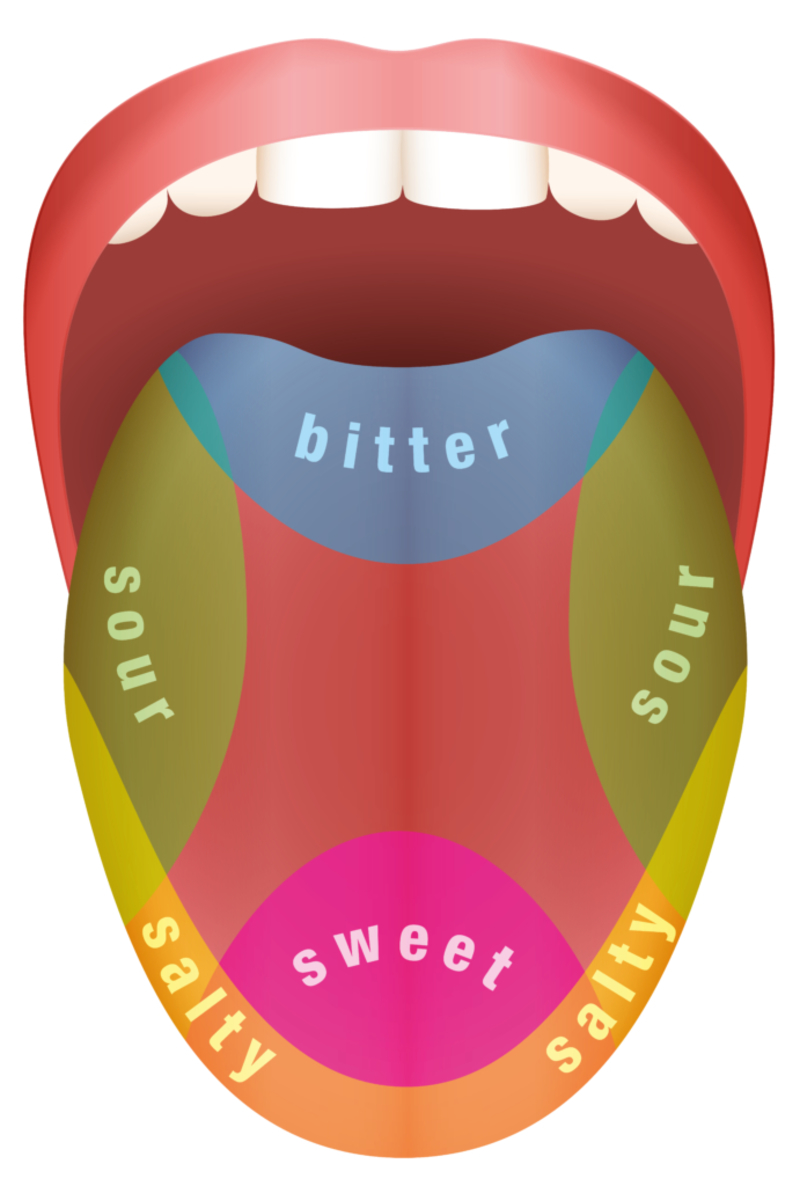
Your tongue has between 2,000 and 4,000 taste buds that renew themselves every week
Wow, that sounds like a big range! Yes, that’s because about one-quarter of the people are considered “supertasters.” Located closer to the 4,000 part of the spectrum, those people have a heightened sense of taste, particularly for bitter foods and specifically, a bitter compound called 6-n-propylthiouracil (PROP). The quarter closer to the bottom of that spectrum is considered “non-tasters,” who can taste foods, but are relatively less sensitive and can’t tell the bitter taste of 6-n-propylthiouracil.
You have taste buds in places other than your tongue
It’s true! Most taste buds are on your tongue, but there are also taste sensors in the back of your throat, on your epiglottis, your nose and sinuses, and all the way down the throat to the upper part of the esophagus. Infants and kids have a high number of cells that can sense taste in the mucous membranes of the lips and cheeks. These cells then send signals to the brain that are converted into what is perceived as taste.
You don’t sense different tastes in different areas of the tongue
We grew up believing the tongue had four taste zones: one each for sweet, sour, salty, and bitter, but this is not the case. These tastes, along with a fifth taste called umami (savory), can be sensed on all parts of the tongue. The sides of your tongue are more sensitive than the middle, and the back portion of your tongue is more sensitive, especially to bitter tastes.

Taste buds are programmed to keep us alive
Did you know taste buds have aided our evolution? The sense of taste helped humans test the things we consumed: bitter and sour tastes indicated poisonous plants and/or rotting foods. Likewise, sweet and salty tastes help us identify food rich in nutrients.
Taste buds are not visible to the eye
What you are seeing that appear to be the taste buds are tasting papillae, which are small buds that contain sensory nerve cells responsible for the sense of taste.